Earth's saddest day and gladdest day were just...three days apart
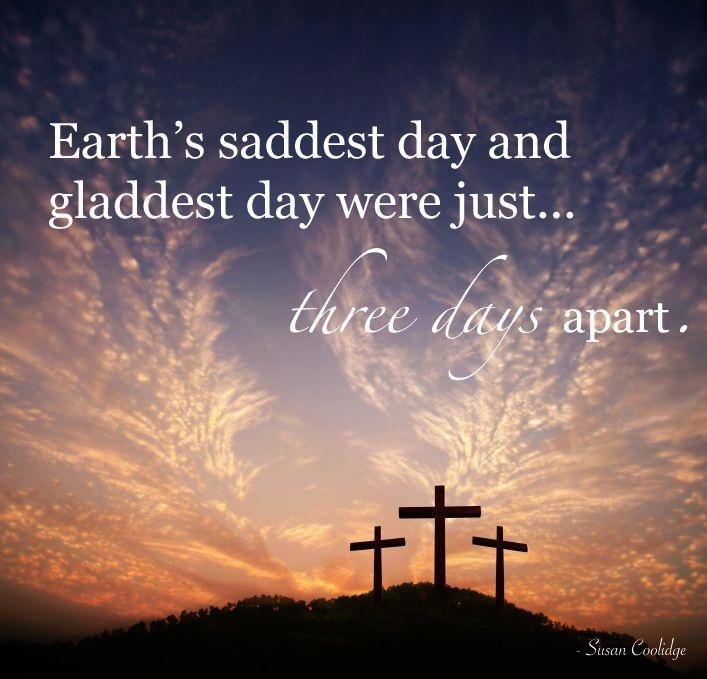
Earth's saddest day and gladdest day were just...three days apart
Easter is a time of great significance for Christians around the world. It is a time to reflect on the death and resurrection of Jesus Christ, and the profound impact that these events have had on humanity. The quote “Earth's saddest day and gladdest day were just...three days apart” perfectly encapsulates the essence of Easter.The saddest day referred to in the quote is Good Friday, the day on which Jesus was crucified. It was a day of immense sorrow and despair for his followers, as they watched their beloved leader suffer and die on the cross. The earth itself seemed to mourn the loss of such a great and holy man, as darkness covered the land and the ground shook with the weight of his sacrifice. The sadness and grief of that day were palpable, as the world seemed to hold its breath in anticipation of what would come next.
And then, just three days later, came Easter Sunday – the gladdest day. This was the day of Jesus' resurrection, when he triumphantly rose from the dead, conquering sin and death once and for all. It was a day of joy and celebration, as his followers realized that their beloved teacher was not gone forever, but had returned to them in a new and glorious form. The earth itself seemed to rejoice, as flowers bloomed and birds sang in jubilation at the miracle that had taken place.
The juxtaposition of these two days – the sadness of Good Friday and the gladness of Easter Sunday – is a powerful reminder of the cyclical nature of life and death. It serves as a symbol of hope and renewal, showing us that even in our darkest moments, there is always the possibility of new life and new beginnings. Easter is a time to remember this profound truth, and to celebrate the victory of light over darkness, of love over hate, and of life over death.
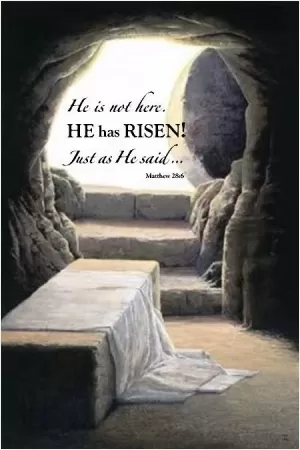

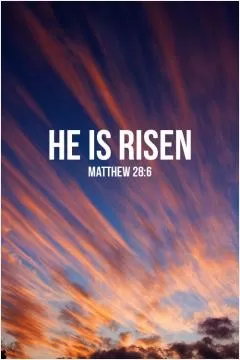
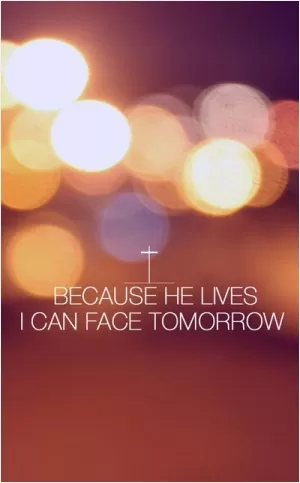

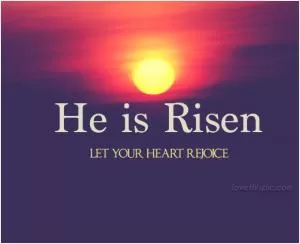
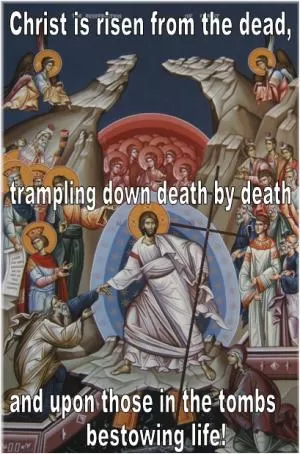



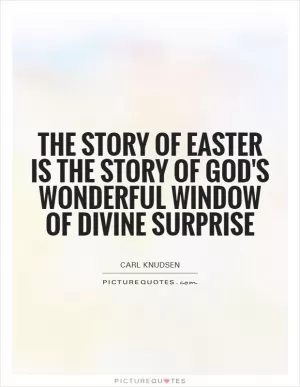
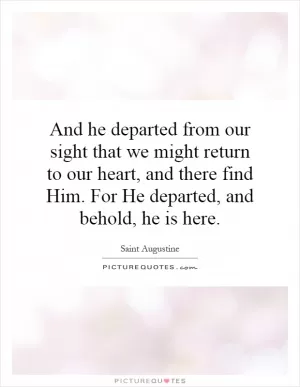
 Friendship Quotes
Friendship Quotes Love Quotes
Love Quotes Life Quotes
Life Quotes Funny Quotes
Funny Quotes Motivational Quotes
Motivational Quotes Inspirational Quotes
Inspirational Quotes